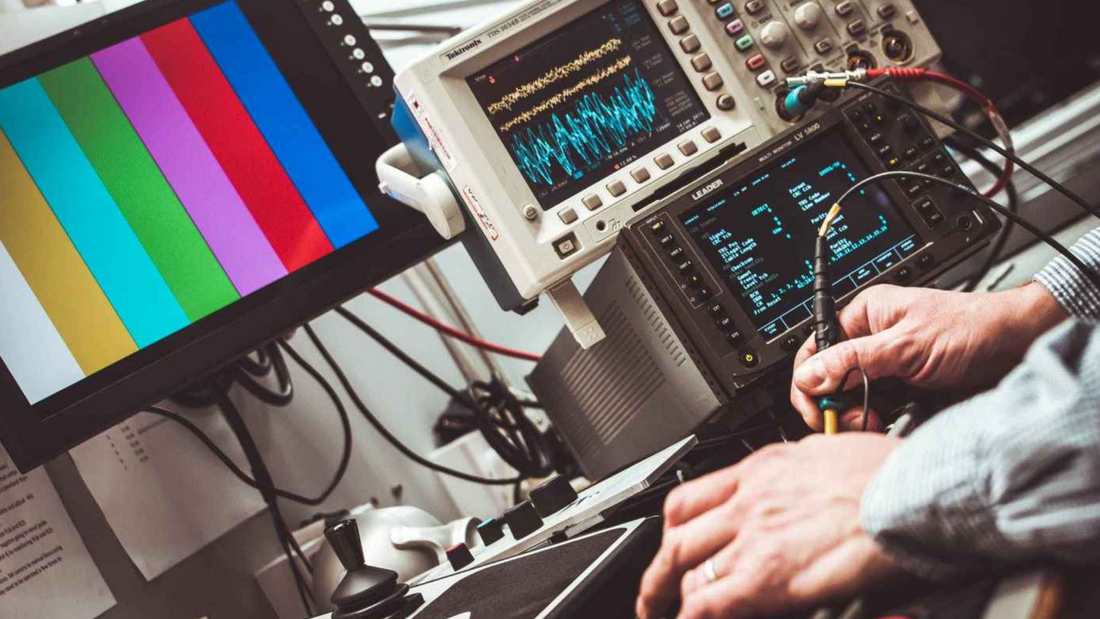- By Nathan Riley -
What does most modern tech have in common?
You are likely reading this blog from a computer, phone or electronic device of some sort that has a screen. Otherwise, perhaps you have incredibly powerful brain waves that allow you to manipulate and control internet waves...
Regardless, you may have wondered at some point how exactly this electronic jungle around us runs, and continues to grow. If this has crossed your mind, you have stumbled upon the right place. Let's jump right into the basics of how technology around us works on a fundamental level!

It Begins With a Chip
Some people out there probably think that "the cloud" is some strange vortex with no hardware, perhaps even absorbing poor helpless life forms as it expands. In reality, the internet, computers, phones and just about every electronic device runs off of computer chips. We won't get into exceptions such as lamps and such within this article.
As an example, setting a microwave to toast some delectable edible treats requires a basic chain of programatic commands to tell the components of the machine what to do. Likewise, an advanced super computer executes chains of programatic commands to run infrastructure such as datacenters that host "the cloud."
Think of a chip as a captain of a boat or ship.

Chip Sets Need Input
In order for us to use devices, we need an operating system. However, operating systems cannot work without something called a BIOS (Basic Input/Output System). A chip needs a BIOS to manage communication terminals on what is commonly referred to as a logicboard or motherboard. If you think this sounds fancy, wait till you dazzle your friends with all these crazy terms... They will think you're the next Einstein (if they aren't the techie sorts).
Basically, these chips are slapped into a socket on one of these boards that contains a BIOS for an operating system to interface with. For instance, USB ports are input (and output) ports that allow programatic commands to be managed by the computer chip in a way that allows communication with other chip platforms.
A ship needs a port to dock and resupply, after all.

A Ship Doesn't Operate Without a Crew
Once a computer chip has a BIOS to operate with, an operating system is needed to "operate" the whole system while the chip makes sure commands are being properly processed and executed. To tie all of this together, RAM can be compared to the number of crew members are on a ship. If there is not enough for all of the crew members to do, some might be sitting around with nothing to do until intense workloads arise.
All together, the chip is the ship captain, the boat is a motherboard, the ship blueprint is the BIOS and the crew works as the operating system.
Technology is obviously far more advanced that what is covered here. Fortunately, this is enough information to point those who are new to tech in the direction of creating cool things of their own someday.

